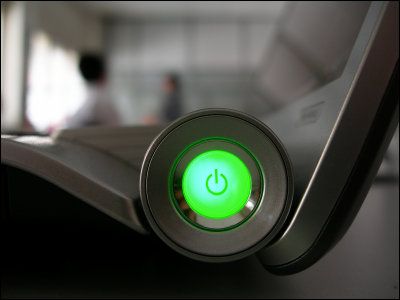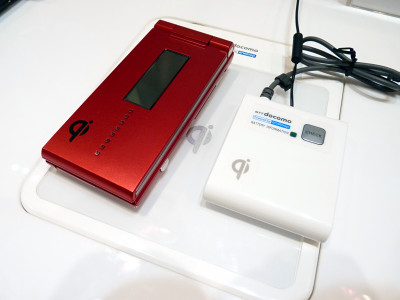Antennas developed to turn 5G networks into 'wireless power grids'

Georgia Institute of Technology engineers have developed
5G as a wireless power grid | Scientific Reports
https://doi.org/10.1038/s41598-020-79500-x
Leveraging the 5G Network to Wirelessly Power IoT Devices
https://www.news.gatech.edu/2021/03/25/leveraging-5g-network-wirelessly-power-iot-devices

Leveraging the 5G Network to Wirelessly Power IoT Devices-YouTube
The developed rectenna is based on the 'Rotman lens'. The 'Lotman lens' is a lens developed by Walter Lotman. By making it into a shape with multiple legs extended like a spider, multiple fields of view can be obtained without physically moving the main body, so the mechanism is It is incorporated in radar systems and the like.
A large-diameter antenna is required to wirelessly supply enough power to operate low-power devices from a distance. However, the large-diameter antenna has a narrow coverage area, and there is a problem that it does not work well if the antenna is dispersed with respect to the 5G base station. So far, there have been cases where power generation at high frequencies such as 24GHz and 35GHz has been attempted, but the problem was that 'it does not work if the visibility with the base station is poor'.
This rectenna has dealt with the trade-off between range and sensitivity by combining wireless and direct current technologies, and has succeeded in obtaining 21 times more power than conventional ones.
It is speculated that if this mechanism is refined, some terminals will no longer require batteries when service providers provide wireless power supply.
Related Posts:







